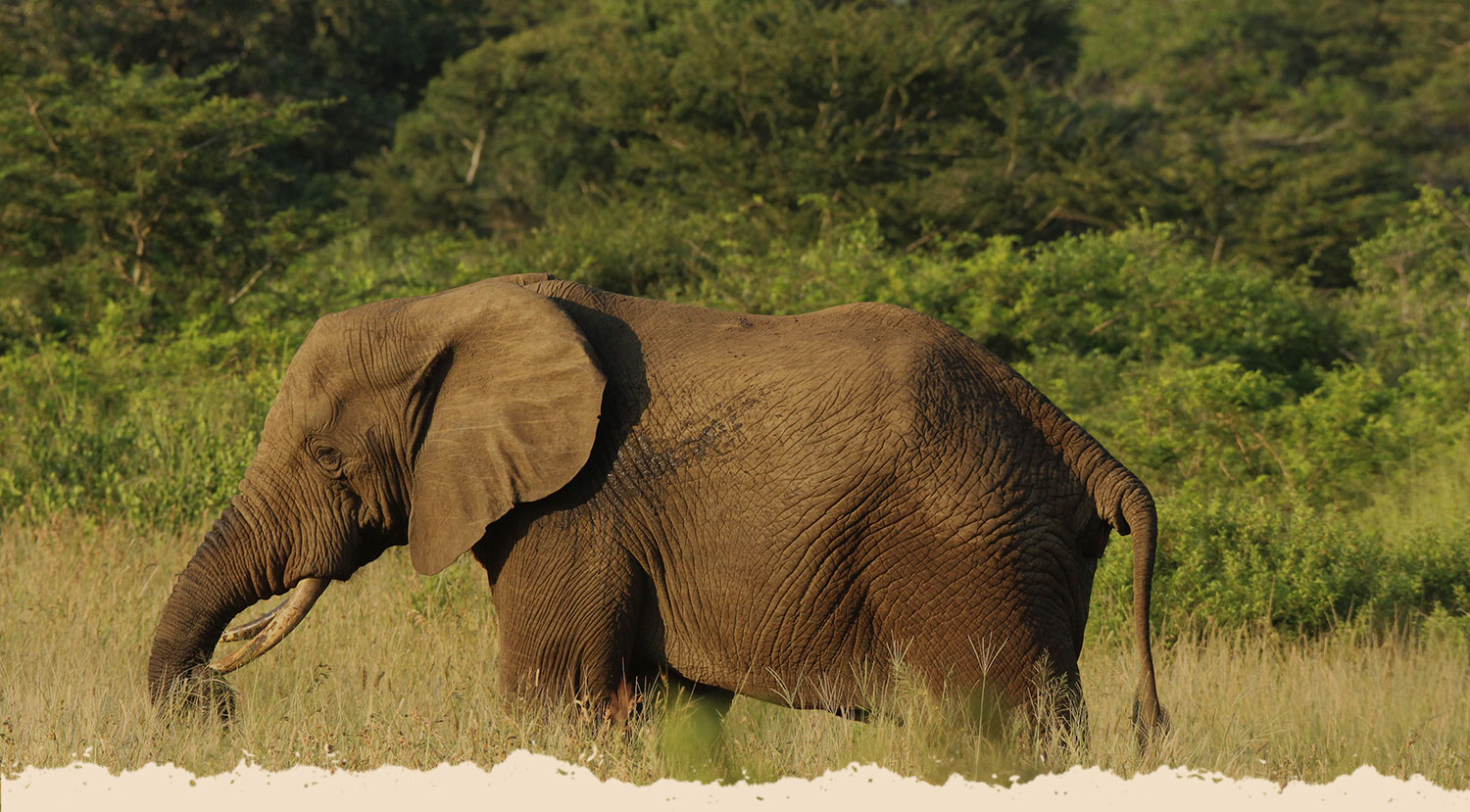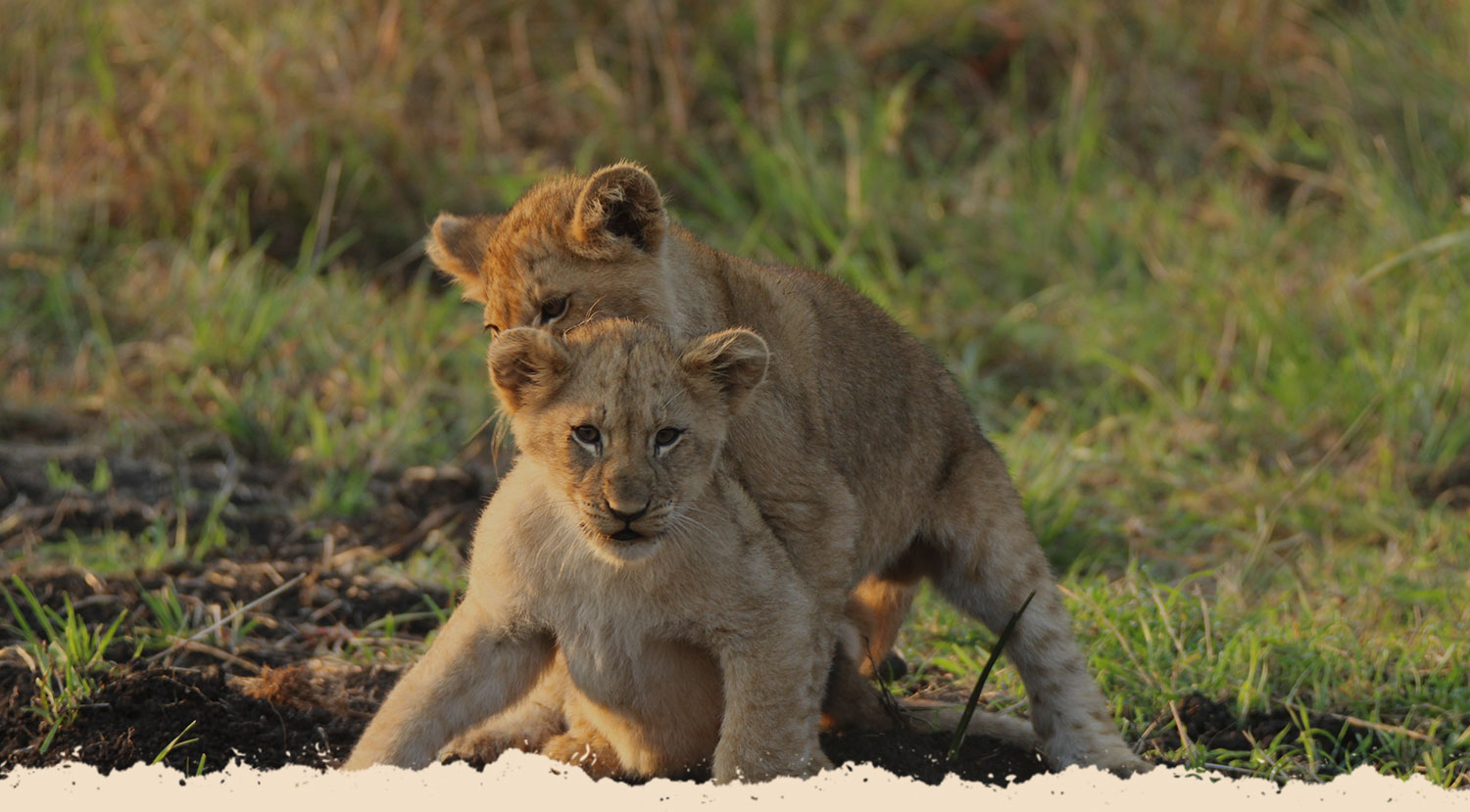Hluhluwe–Imfolozi Park, formerly Hluhluwe–Umfolozi Game Reserve, is the oldest proclaimed nature reserve in South Africa. It consists of 960 km² (96,000 ha) of hilly topography, 280 kilometres (170 mi) north of Durban in Northern KwaZulu-Natal, South Africa and is known for its rich wildlife and conservation efforts. This Ezemvelo KZN Wildlife run park is one of very few in KwaZulu-Natal where each of the “Big Five” animals can be found.
Due to pioneering conservation efforts, the park is responsible for saving the Southern White Rhino (Ceratotherium simum, simum) and in 2008 had the largest population of white rhino in the world.
Being the historical hunting grounds of the Zulu nation, including the famous King Shaka, has given this park an aura of history and mystique, with Zulu spear makers’ bellows and sharpening stones still being uncovered within the boundaries today.
Its natural beauty ranging from rolling hills to flat savannahs makes this a paradise for a huge variety of species and a must see destination on any visit to South Africa.
Game viewing is almost always hugely rewarding and doing it with professionals who know the area extremely well makes it even more so.
The park is home to Africa’s “Big five”: elephant, rhinoceros (black/hook-lipped and white/square-lipped), Cape buffalo, lion and leopard. It is home to 86 special species including: Nile crocodile, hippo, cheetah, spotted hyena, blue wildebeest, jackal, giraffe, zebra, waterbuck, nyala, eland, kudu, impala, duiker, suni, reedbuck, common warthog, bushpig, mongoose, baboons, monkeys, a variety of tortoises, terrapins, snakes and lizards. It is one of the world’s top spots for viewing Nyala. The park is a prime birding destination and is home to around 340 bird species. The Hluhluwe River Flood Plain is one of the only areas in the whole of South Africa where yellow-throated, pink-throated and orange-throated longclaw species can be seen together. Bird life include night heron, Wahlberg’s eagle, Shelley’s francolin, Black-bellied Bustard, Temminck’s courser, Klaas’s cuckoo, little bee-eater and crested barbet.





